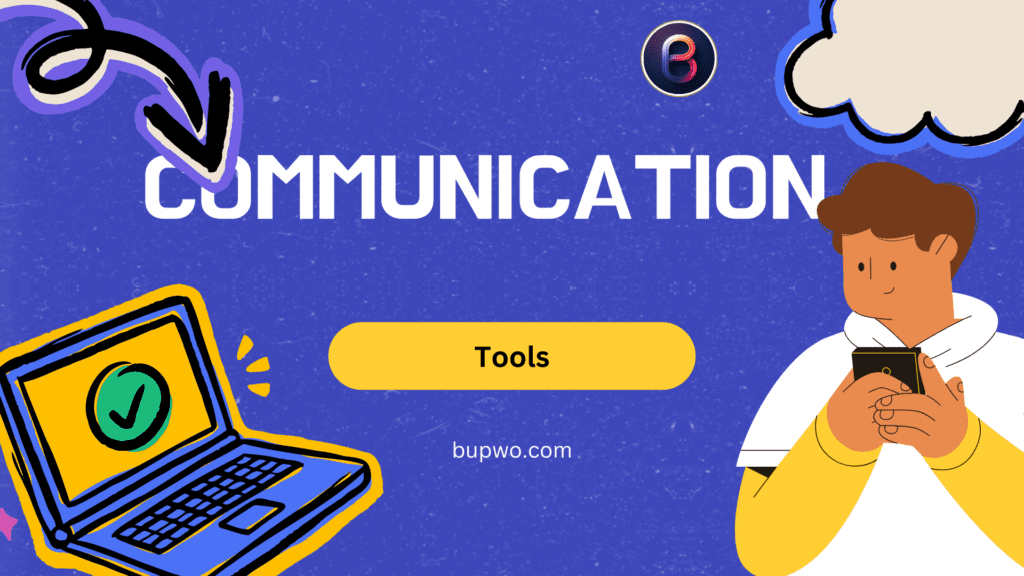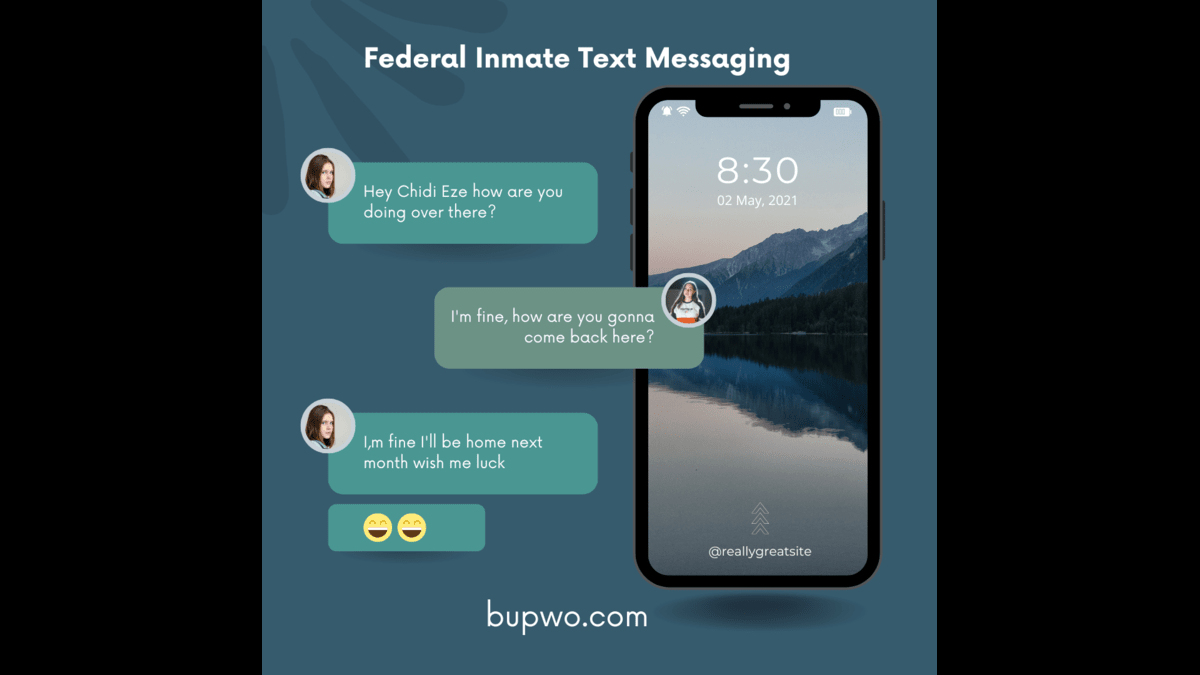Staying connected with loved ones in federal prison can be challenging, but federal inmate text messaging offers a simple solution. This quick and convenient method allows families to share thoughts and support through secure platforms.

In this guide, we’ll cover how these messaging services work, their costs, and tips for effective communication. Let’s explore how to keep those important connections strong!
How Federal Inmate Text Messaging Works
Federal inmate text messaging lets inmates send and receive messages through special services. Inmates use secure devices, like tablets or kiosks, to access these messaging platforms. Messages are sent over the internet, similar to regular texting. This method is quick and convenient, making it easier for families to stay in touch. Unlike regular phone calls or letters, texting allows for faster communication, which can be very helpful!
Also, read more
First Citizens Bank Login: Your Complete Guide 2024
Popular Inmate Text Messaging Services
There are several popular inmate messaging services that help families stay connected. Some well-known options include Pigeonly, EasyTextNow, and ContactMeASAP. Each service has its own features, like easy sign-up processes and different pricing plans. Additionally, services like Corrlinks and Trulincs provide email options for inmates. Before choosing a service, it’s a good idea to compare their costs and features to find the best fit for your needs!
Costs and Fees
Using federal inmate text messaging services usually comes with costs.
- Messaging Costs: Most federal inmate text messaging services charge a fee for each message sent. This can range from a few cents to over a dollar, depending on the service and the specific features offered.
- Account Setup Fees: Some platforms require an initial fee for setting up an account. This fee may cover administrative costs and the creation of your profile.
- Funding Fees: When adding money to the inmate’s account, there may be additional charges. These can vary by service and might include a percentage of the amount deposited or a flat fee.
- Per Message Charges: Many services operate on a pay-per-message model, meaning you’ll pay each time you send a message. This can accumulate quickly if you communicate frequently.
- Monthly Plans: Some platforms offer subscription options for unlimited messaging. While these plans can provide savings for regular communication, it’s essential to evaluate whether they align with your messaging habits.
- Trulincs Fees: With Trulincs, users are charged for sending emails. There might also be costs associated with receiving replies, which can add up over time, so it’s vital to review their pricing structure.
- Hidden Fees: Be cautious of potential hidden fees, such as maintenance charges, account inactivity fees, or costs for additional features. Always read the fine print to understand all potential charges.
- Budgeting: Understanding the complete cost structure is crucial for effective budgeting. Knowing these costs upfront can help you plan your spending and avoid unexpected charges when communicating with your loved one.
Setting Up an Inmate Messaging Account
To start using inmate messaging services, you need to set up an account. First, visit the service’s website and fill out a registration form with basic information like your name and email. You may also need to provide your loved one’s inmate details. After creating an account, you can add funds to send messages. Make sure to choose a secure password to keep your account safe!
Regulations and Limitations
When using federal inmate text messaging, it’s important to follow the rules. Each facility has specific regulations on what can be sent. For example, messages may have limits on length and must avoid inappropriate content. Additionally, all messages are monitored for security reasons. If rules are broken, the account could be suspended. Staying aware of these guidelines helps ensure smooth communication with your loved one.
Tips for Effective Communication

- Start with Friendly Greetings: Keep the mood positive.
- Share Uplifting News: Include funny stories or good news to brighten their day.
- Avoid Sensitive Topics: Steer clear of subjects that might cause stress.
- Be Mindful of Message Length: Keep texts short and clear for better understanding.
- Communicate Regularly: Maintain contact but find a balance to avoid overwhelming them.
FAQs About Federal Inmate Text Messaging
Here are some common questions about federal inmate text messaging:
Can you send photos?
Many services do not allow pictures due to security rules.
What happens if messages are blocked?
If a message violates rules, it may be blocked, and you could receive a notification.
How often can I message?
There’s usually no limit, but check your service’s guidelines for specifics.
What is the best text app for federal inmates?
Apps like Pigeonly and EasyTextNow are popular choices for inmate messaging.
What is the best text service for inmates?
Corrlinks is widely regarded for its email and messaging capabilities for federal inmates.
How can I send free text messages to an inmate?
Most services charge for messages; free options are limited. Check with your facility for any promotional offers.
What are Corrlinks?
Corrlinks is a secure email and messaging service that allows families to communicate with federal inmates.
How long do Corrlinks take?
Messages through Corrlinks are typically delivered almost instantly, but response times depend on the inmate’s access.
How do I set up a Corrlinks account?
Visit the Corrlinks website, fill out the registration form, and provide the required inmate information.
How do I put money on Corrlinks?
You can add funds through the Corrlinks website using a credit or debit card.
How much does it cost to send a message on Corrlinks?
Sending messages on Corrlinks usually costs around 5-10 cents per message, but check their current pricing for specifics.
How do I approve Corrlinks?
You’ll need to confirm your account via email and accept any terms before you can start messaging.
Understanding these points can help you use these services more effectively.
Alternatives to Text Messaging
If texting isn’t the best fit, there are other ways to communicate with federal inmates:
- Phone Calls: These offer a direct conversation but may have time limits. Calls can be a more personal way to connect, allowing for a back-and-forth dialogue. Keep in mind that calls are often monitored and may incur costs.
- Letters: Sending letters allows for longer messages and more thoughtful communication, but delivery times can vary significantly, sometimes taking days or even weeks. Letters can feel more personal and can be saved as keepsakes.
- Emails: Some facilities use services like Corrlinks and Trulincs for email communication. Corrlinks allows families to send emails to inmates, who can reply, creating a more dynamic exchange. Emails are generally quicker than traditional letters, as they are delivered almost instantly. However, be aware that emails may also have restrictions regarding content and length, and all communications are monitored.
- Video Visits: Many prisons now offer video visitation options, allowing families to have virtual visits. This can help maintain a personal connection and allows for visual interaction, which can be very comforting for both inmates and their families.
Consider your loved one’s preferences and the specific options available at their facility. Combining these methods can help keep your connection strong while providing various ways to communicate effectively.
Emotional and Psychological Impact
Staying in touch through federal inmate text messaging can significantly benefit an inmate’s mental health and rehabilitation. Regular communication fosters a sense of belonging and support, which is crucial for individuals navigating the challenges of incarceration. Research shows that maintaining strong family connections can reduce recidivism rates, as inmates who feel supported are more likely to reintegrate successfully into society.
Personal Success Stories:
- Case Study of John: After being incarcerated, John faced immense isolation and despair. However, regular messages from his family lifted his spirits. They shared updates about family milestones and positive news from the outside world. This communication not only helped John cope but also motivated him to participate in rehabilitation programs.
- The Role of Positive Reinforcement: Many inmates report that receiving encouraging messages has helped them maintain focus on their goals. Families can play a crucial role by celebrating small victories and offering words of encouragement, which can boost the inmate’s self-esteem and drive for personal improvement.
By recognizing the emotional impact of communication, families can play an active role in their loved ones’ rehabilitation journey, ultimately contributing to better outcomes upon release.
Comparison Table for Messaging Services
| Service Name | Features | Cost Per Message | Account Setup Fee | Monthly Plans | Additional Notes |
|---|---|---|---|---|---|
| Pigeonly | Texting, calling options | $0.10-$0.50 | None | Yes | Offers photo sharing for some facilities |
| EasyTextNow | Texting only | $0.15-$0.25 | None | No | Simple sign-up process |
| Corrlinks | Email and texting | $0.05-$0.10 | None | Yes | Widely used, monitors all communications |
| Trulincs | Email service | Varies by message | None | No | Limited to email, can be slower |
| ContactMeASAP | Texting with alerts | $0.20-$0.30 | None | No | Good for urgent communication |
Conclusion
In summary, federal inmate text messages are a valuable tool for staying connected with loved ones in prison. By understanding how these services work, their costs, and tips for effective communication, you can maintain a strong bond. Don’t hesitate to explore your options and choose the best service for your needs. Staying in touch is important, and texting can make it easier!
Call to Action
Ready to maintain a strong connection with your loved one? Explore the top inmate messaging services now!
- Compare Features: Use the comparison table above to identify which service best fits your needs.
- Sign Up Today: Visit the service websites to create your account and start sending messages.
- Spread the Word: Share this article with friends and family who might benefit from understanding how to stay connected with inmates. Keeping in touch is vital—take the first step now!





